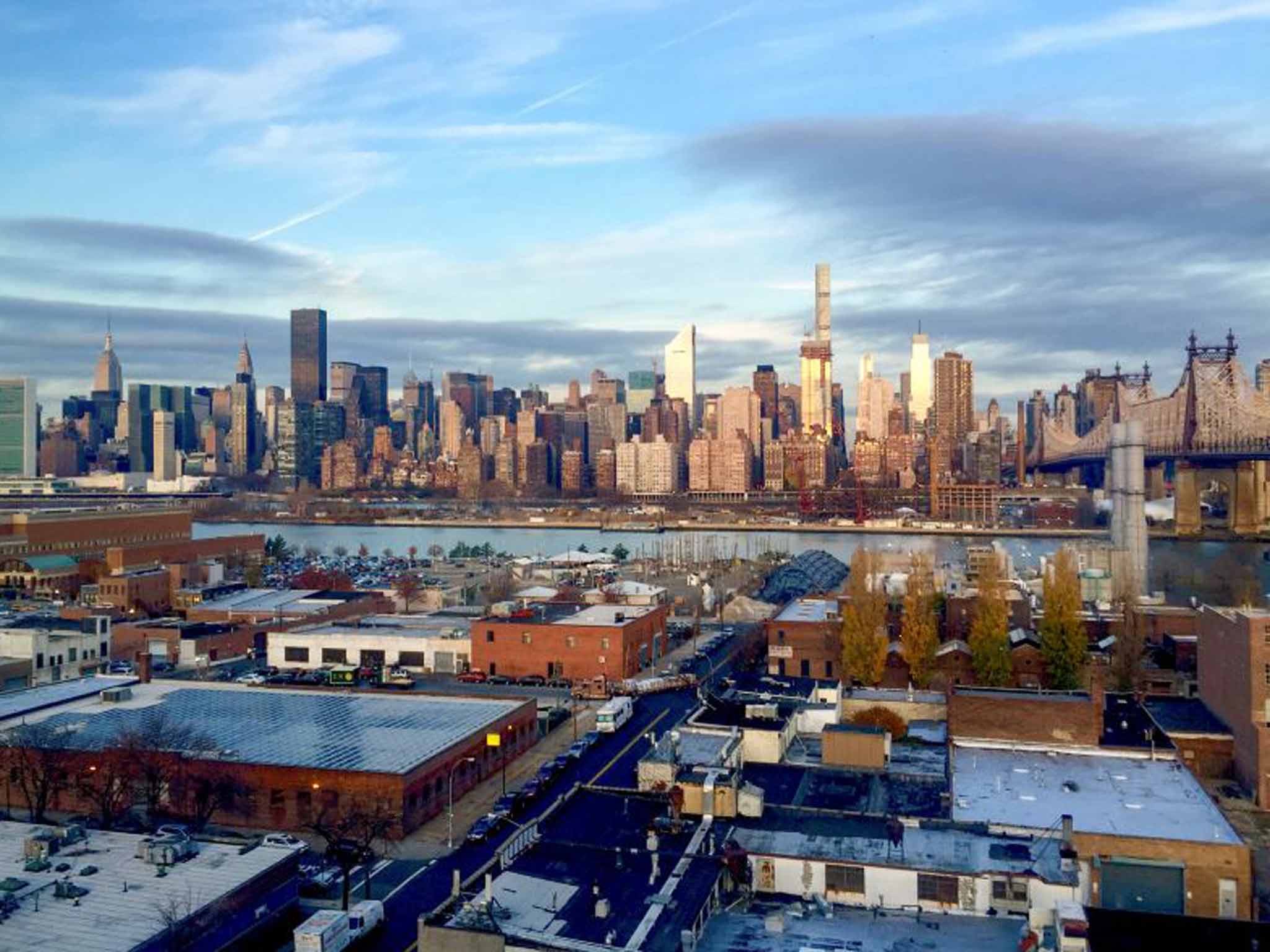In the boredom of last year’s quarantine, I stumbled in Teva’s e-mail: Stronger Together – […] It’s times like these that we need to build community and connection. Recognizing that many of you are equally passionate about neighborhood-scale sustainability and struggling due to the shutdown of the economy, we are thrilled to announce that we are making our online AP Program free of charge. (!)
An immediate sense of positivity run through me, and I suddenly felt very excited to learn something new. Yes! I am passionate about neighborhood-scale sustainability and, well, yes, I was struggling, like many of us. Most importantly, I was excited to hear more about this topic I had peaked at for a few years but never had the chance to deepen: equity in neighborhoods development.
I work as Sustainability Consultant for the Built Environment at Steven Winter Associates, in New York, NY, and I focus on helping project teams building high-performance, sustainable, and healthy buildings. Particularly, we work on New Construction, Residential projects. In New York, this means that a big chunk of our work is dealing with the Affordable Housing industry.
During a typical ‘site’ day, I run up and down the most mistreated neighborhoods of the Bronx, Brooklyn, and Queens to check on the quality of construction towards sustainability goals of huge new Multifamily Residential buildings, future homes for many low-income families. Once built, these buildings will change forever the reality of their surroundings and the local life. But, how?
Taking the EcoDistricts AP Program has given me a new perspective on the relationship between buildings and the neighborhood. Particularly has shown me how to switch my point of view and consider the building as part of a bigger space, a line in a dense web, one piece of the district puzzle. Doing so, I understood the importance of the links between the sustainability features of the buildings we built and the surroundings: natural and durable materials will be pleasant and less subject to deterioration; a green roof brings natural views to the entire neighborhood; a shared backyard can host events for the entire community; additional retail on the ground floor can provide missing services. Also, from the tenants’ perspective, providing affordable and healthy homes is a first step to increase the general well-being of a district’s population. I started wondering how it could take just one ‘good’ building to improve the lifestyle and environment of its neighborhood, acting as a pioneer towards the regeneration of the district it belongs to.
While the imperatives and priorities of the EcoDistricts program were topics and areas of focus I was very familiar with already, I found the implementation phases of the EcoDistricts process an interesting and great tool to getting to know the space where the work will happen and its components. Again, I was forced to change the point of view: from the building as an isolated piece to the physical and human space where this should be placed. Also, I was pushed to add the time factor: the project wouldn’t be static and conceived at its finished state only, as it usually happens with buildings, but monitored through different phases, accompanied through the different stages of its improvement that would allow it to achieve the desired performance. I found this process fascinating and what makes the Ecodistrict program much more than a ‘certification’, but instead a journey where relevance is given to each stay.
So, after taking the EcoDistricts course, I was back to my projects with a new set of eyes and a bit more hope. Maybe the density of ‘good’ Affordable Housing buildings in those neighborhoods could be an opportunity for regeneration, one of the tools to deepen the identity of the community and greater prosperity, an important step to implement the imperatives we would like to see in any EcoDistrict.

